Standing ovation: Herzog & de Meuron’s Elbphilharmonie opens in Hamburg
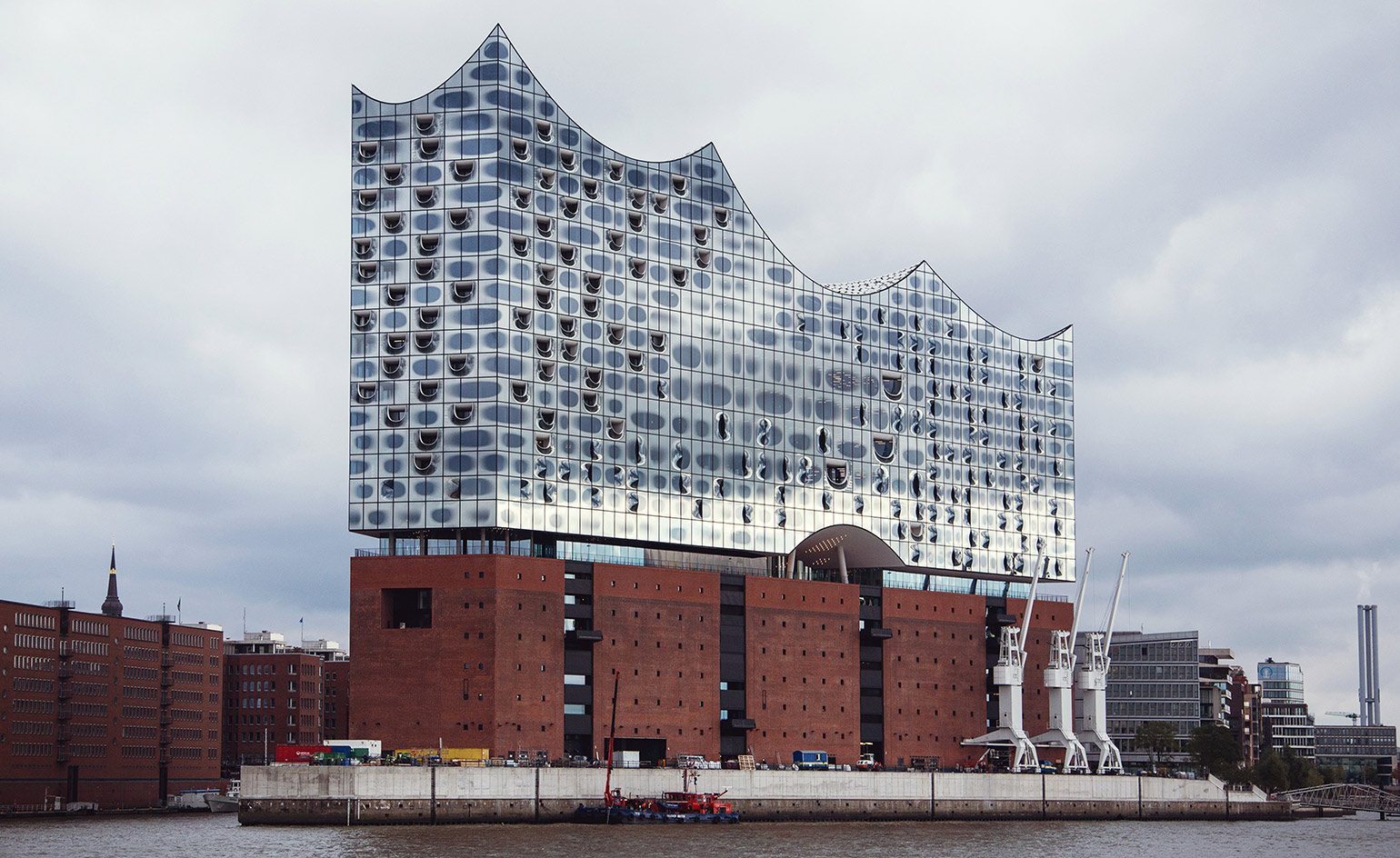
Hamburg's industrial waterfront has experienced extraordinary changes over the last century and a half, and no building better represents this than Herzog & de Meuron’s new Elbphilharmonie concert hall, which opened this week.
The multi-use structure is built on the site of the Kaiserspeicher, an 1875 neo-gothic warehouse that stood for years as the city’s most famous landmark. Almost completely destroyed in the Second World War, it was re-imagined in 1966 as the red brick Kaispeicher A, storing cocoa, tea and tobacco. Now the centrepiece of the HafenCity district, one of Europe’s most ambitious development areas, the building has been reborn for the third time as a facility containing not just three concert halls, but a hotel, apartments and public plaza.
Kaispecher A itself now contains a car park, spa facilities, restaurants, conference rooms and a 170-seat auditorium. Above that, hovering above a 4,000 sq m plaza with views around the city through vault-shaped openings, is the addition, accessible via an arched, 82m-long escalator.
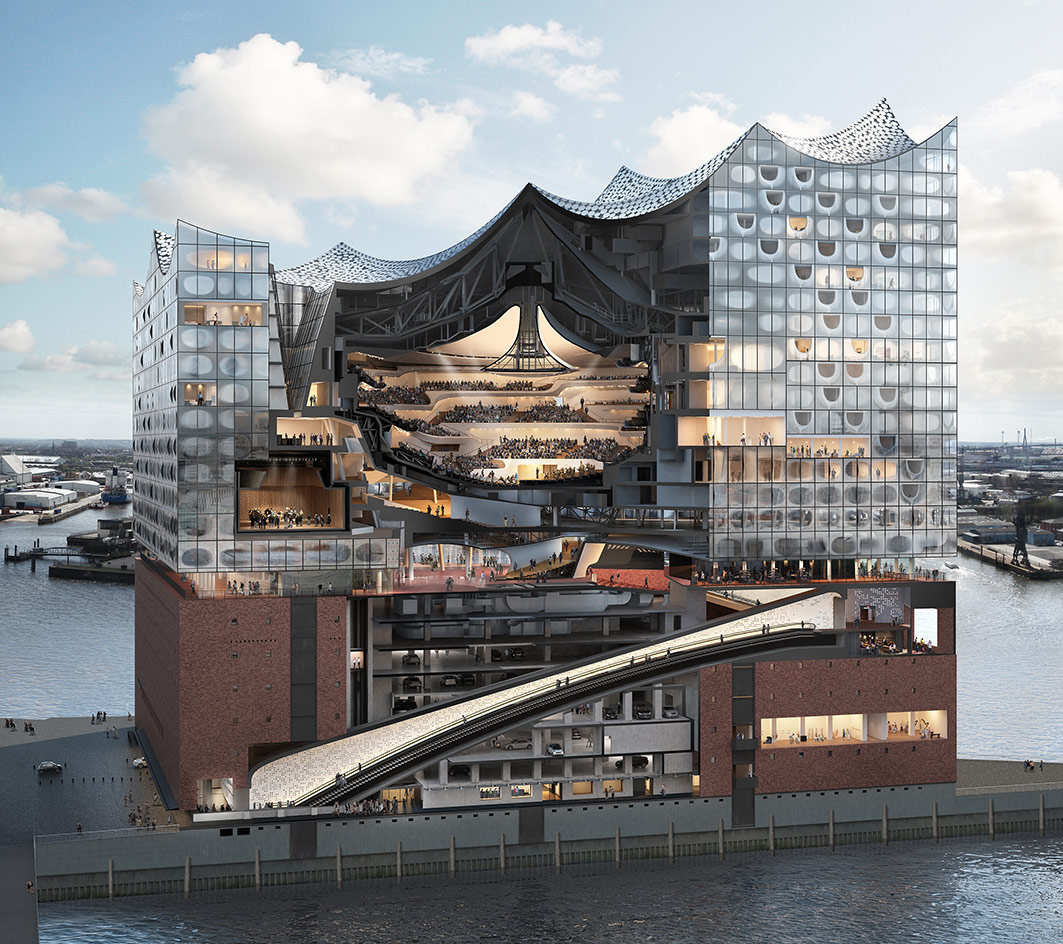
A cross-section render of the Elbphilharmonie.
The Elbphilharmonie shimmers as Hamburg’s contemporary symbol, its crystalline facade consisting of 1,100 mirrored glass panes, marked with grey reflective dots. The panes’ curvatures shift depending on their location, ranging from horseshoe-shaped recesses to fish gill-like hatches. Its tent-like roof, fitted with sparkling sequins, is made up of eight concave sections, curving with peaks and valleys like a mountain range. This profile is meant, says Herzog & de Meuron, to contrast with the horizontality of Hamburg, 'as an expression of reaching out into new territory'.
Inside the 2,100-seat Grand Hall, accessible via lofty, layered foyers cut into the building’s heart, is the complex’s centerpiece. Consisting of a series of steeply-inclined tiers, radiating on all sides from the central orchestra like sections of a hilltop vineyard, it is clad with a system called the 'White Skin', consisting of 10,000 carefully milled gypsum fibre panels made up of plaster and recycled paper. Other facilities in the new hall include a 550-seat recital hall, a 250-room hotel, and 45 private apartments.
Around it, the HafenCity continues to come to life, with renovations progressing in the Elbphilharmonie’s historic warehouse district along with futuristic new museums, offices and housing. Times have certainly changed, but the Elbphilharmonie has managed to make itself the centre of things once again.
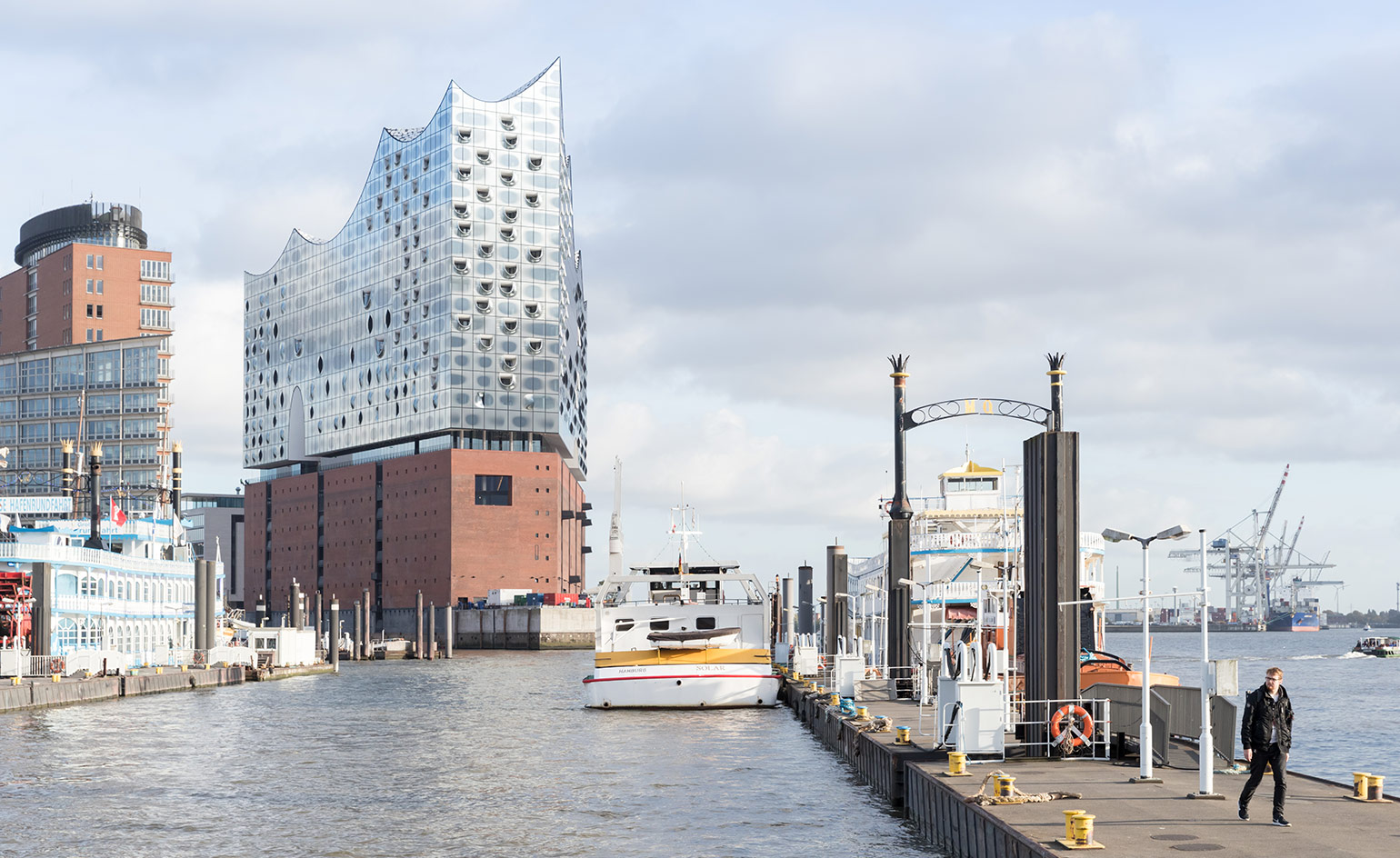
The Elbphilharmonie can be found in Hamburg’s HafenCity, the industrial port area of the city.
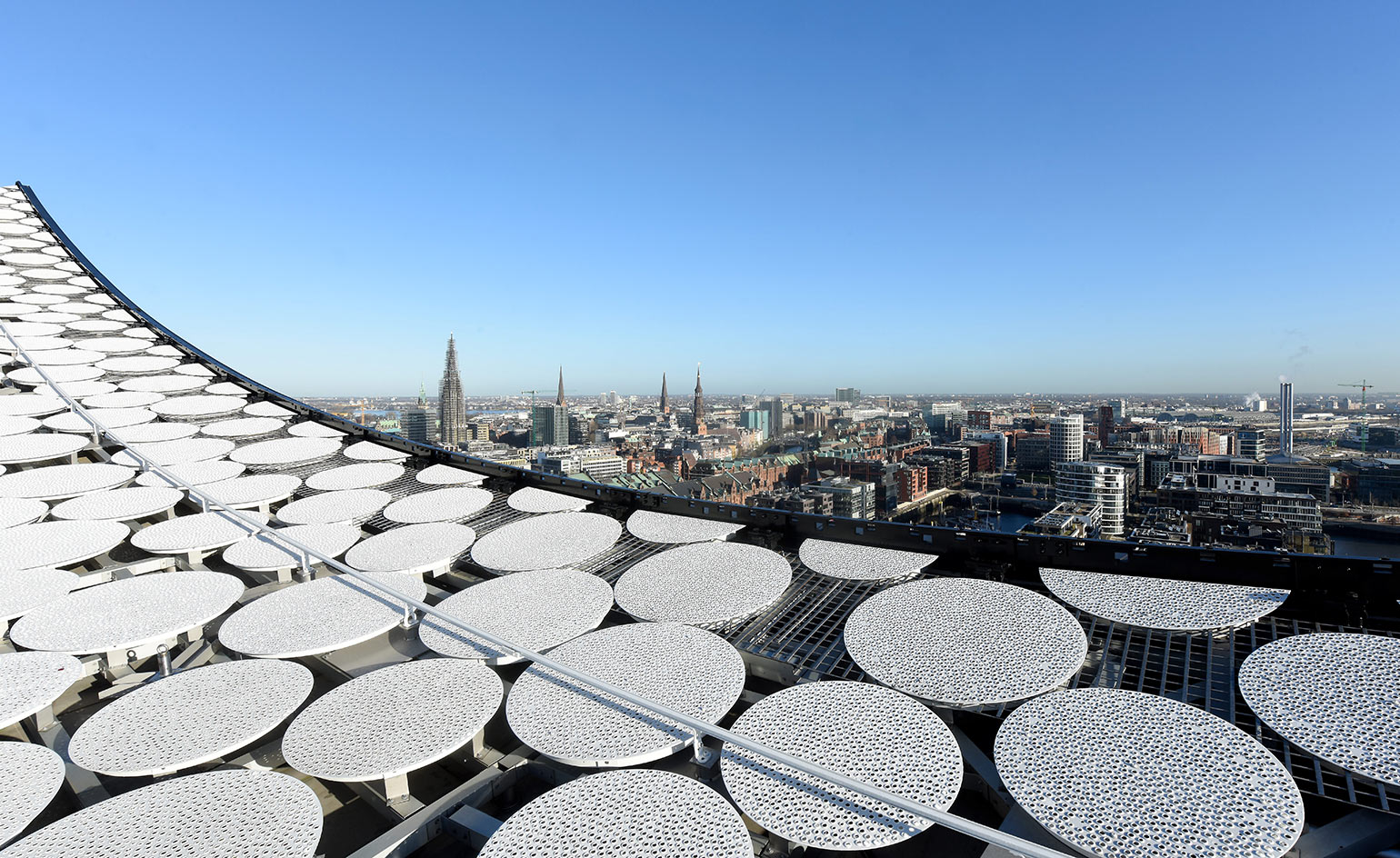
The roof is covered with textured circular panels.
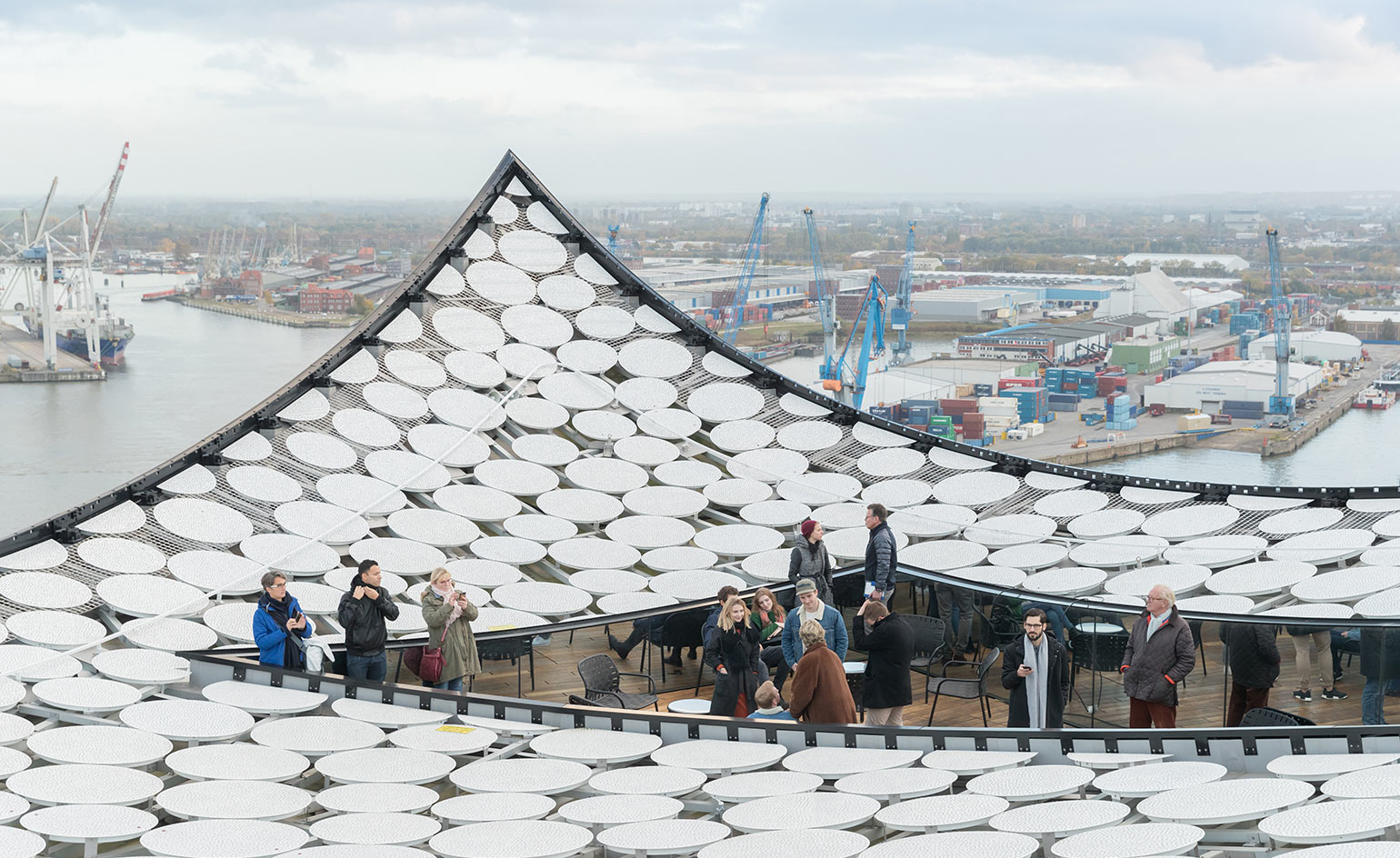
The roof terrace opens up views across Hamburg.
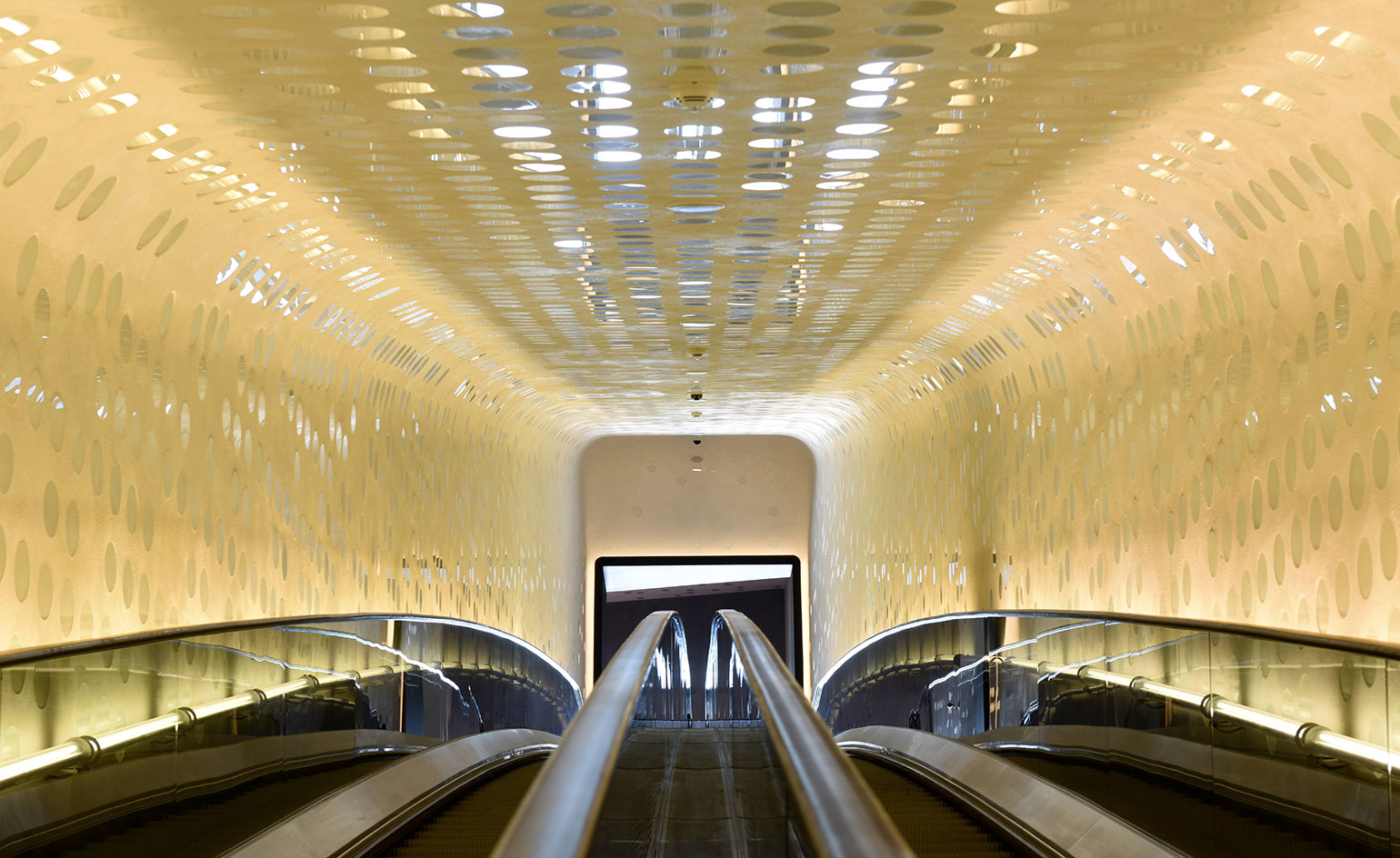
Visitors enter the concert hall via a gently curving escalator.
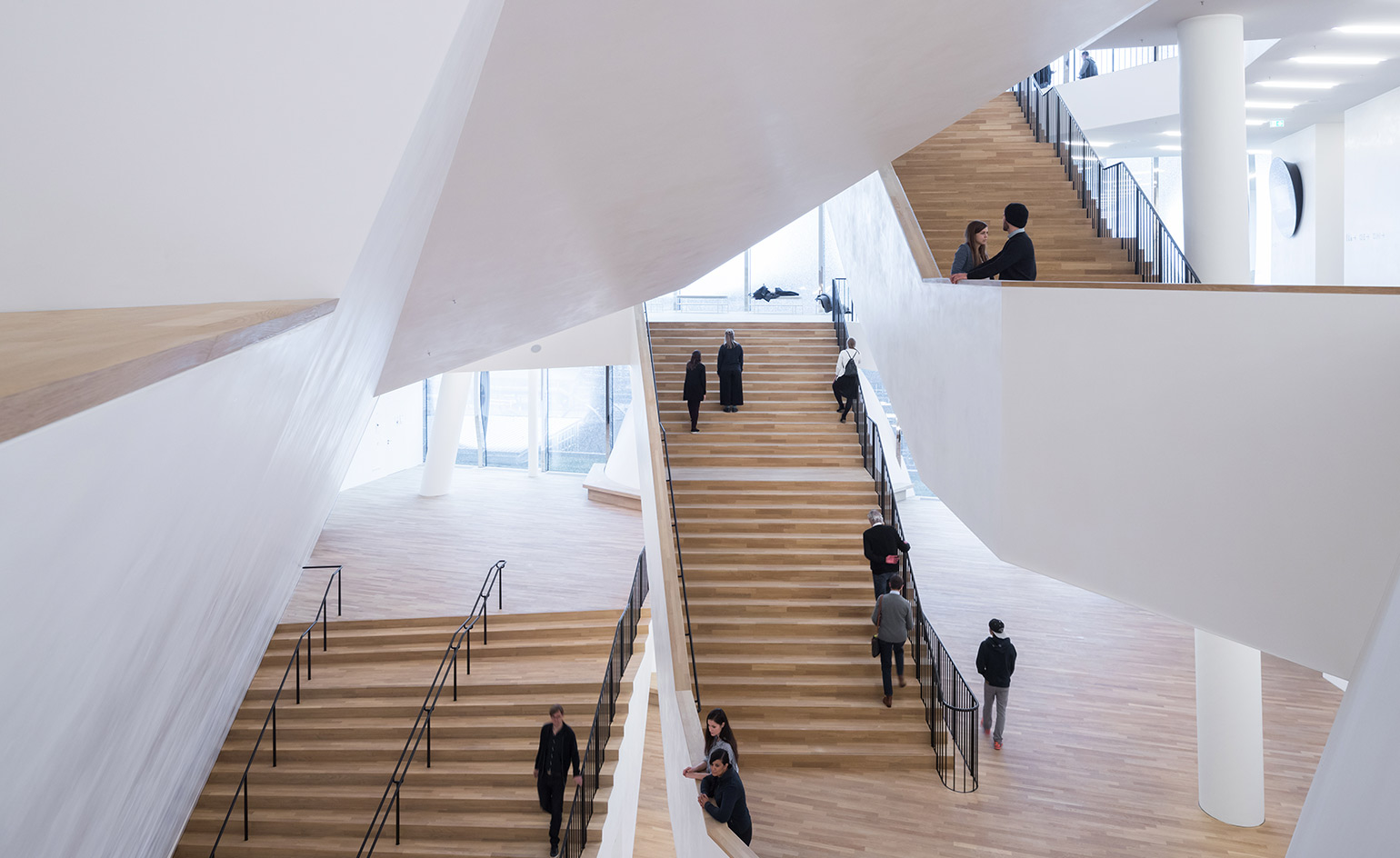
Lofty and layered foyers guide visitors to their destinations.
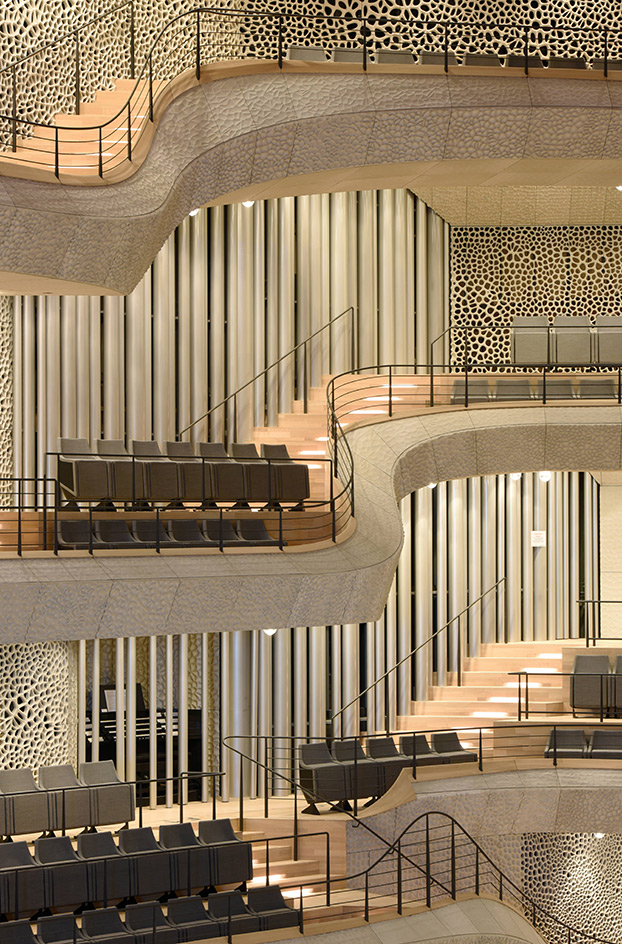
The Grand Hall seats 2,100 people.
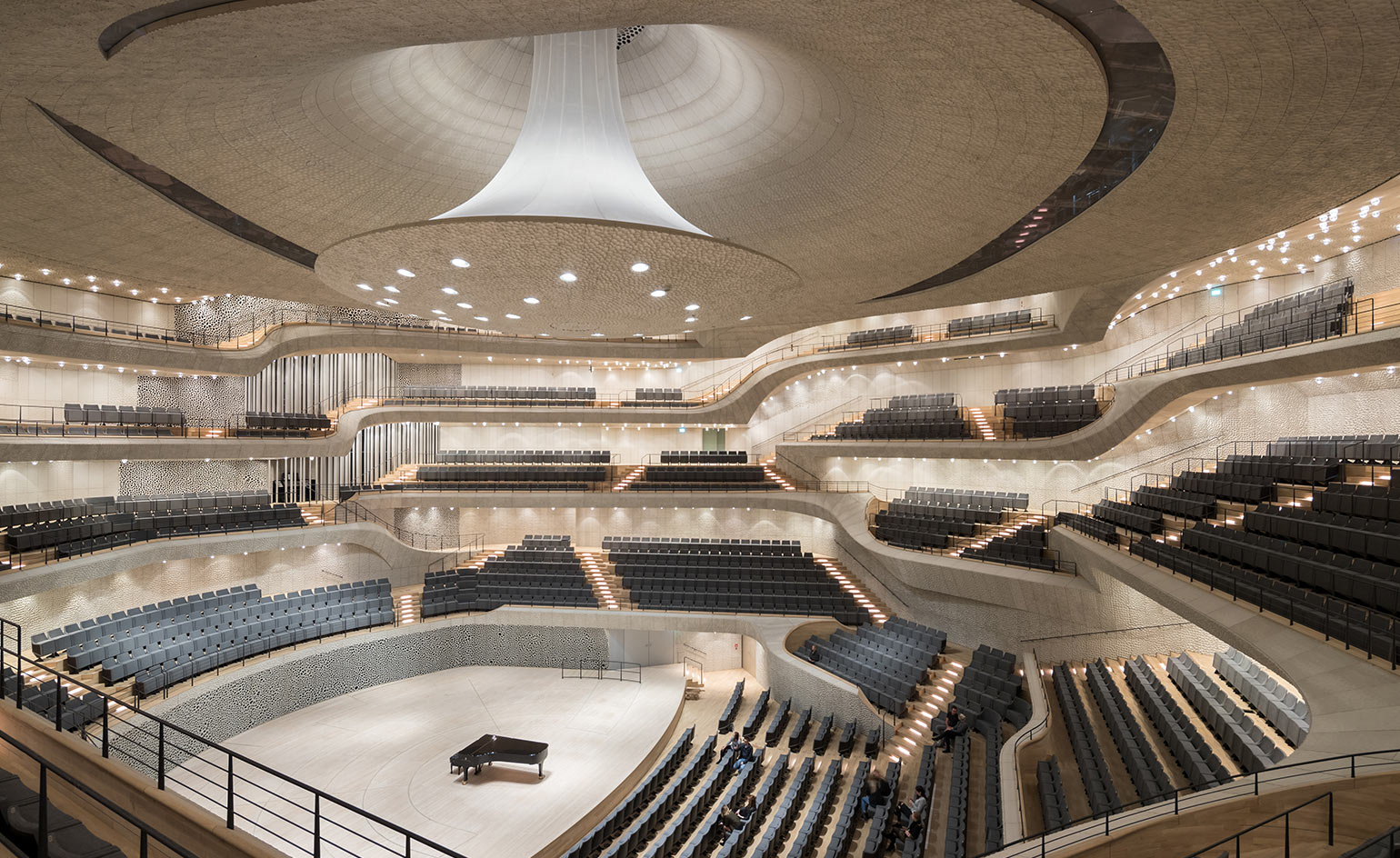
Steeply inclined tiers radiate on all sides from the central orchestra section.

The ’White Skin’ surfacing consists of 10,000 carefully milled gypsum fibre panels.
INFORMATION
For more information, visit the Herzog & de Meuron website.
Receive our daily digest of inspiration, escapism and design stories from around the world direct to your inbox.
-
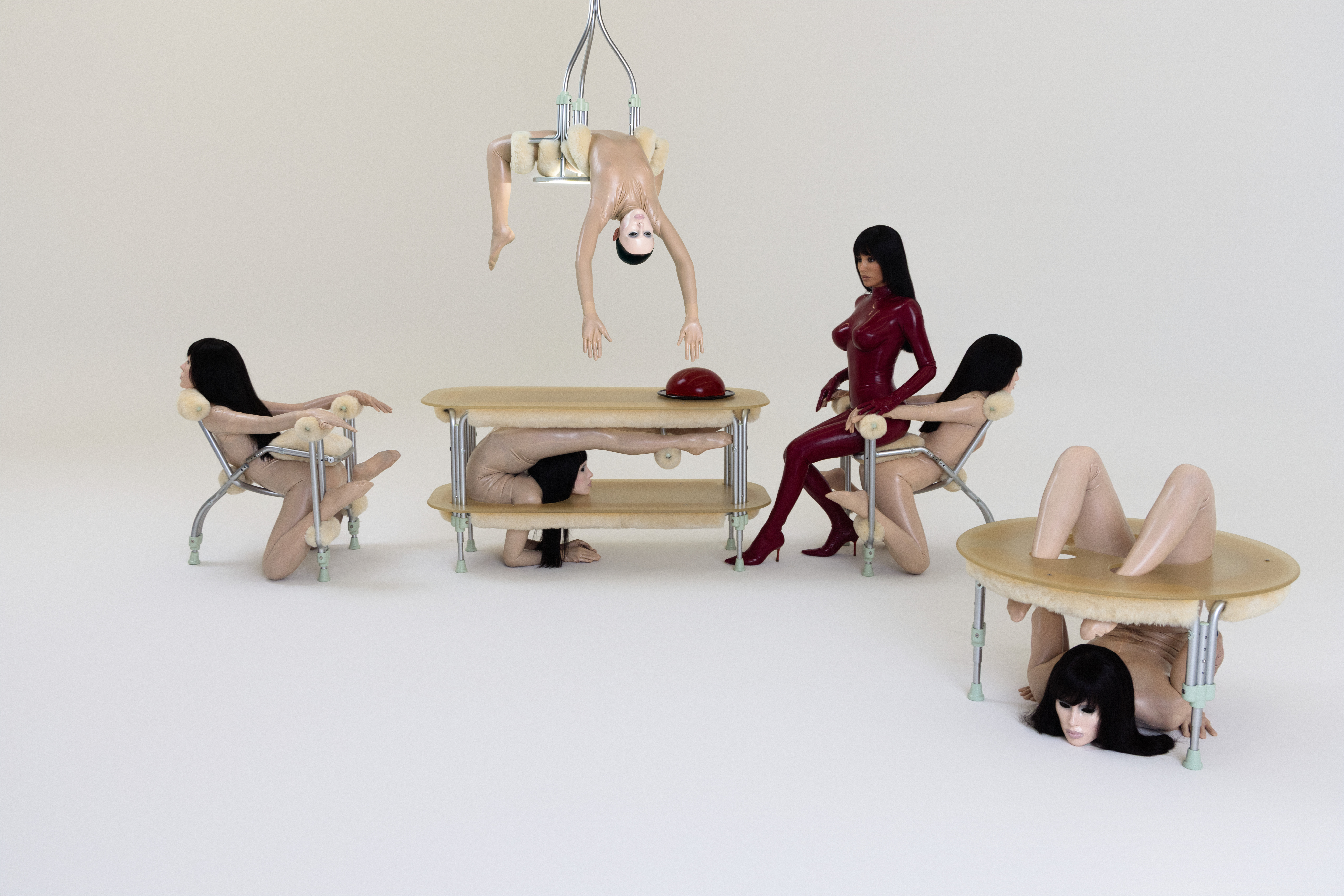 Eight questions for Bianca Censori, as she unveils her debut performance
Eight questions for Bianca Censori, as she unveils her debut performanceBianca Censori has presented her first exhibition and performance, BIO POP, in Seoul, South Korea
-
 How to elevate a rental with minimal interventions? Charu Gandhi has nailed it with her London home
How to elevate a rental with minimal interventions? Charu Gandhi has nailed it with her London homeFocus on key spaces, work with inherited details, and go big on colour and texture, says Gandhi, an interior designer set on beautifying her tired rental
-
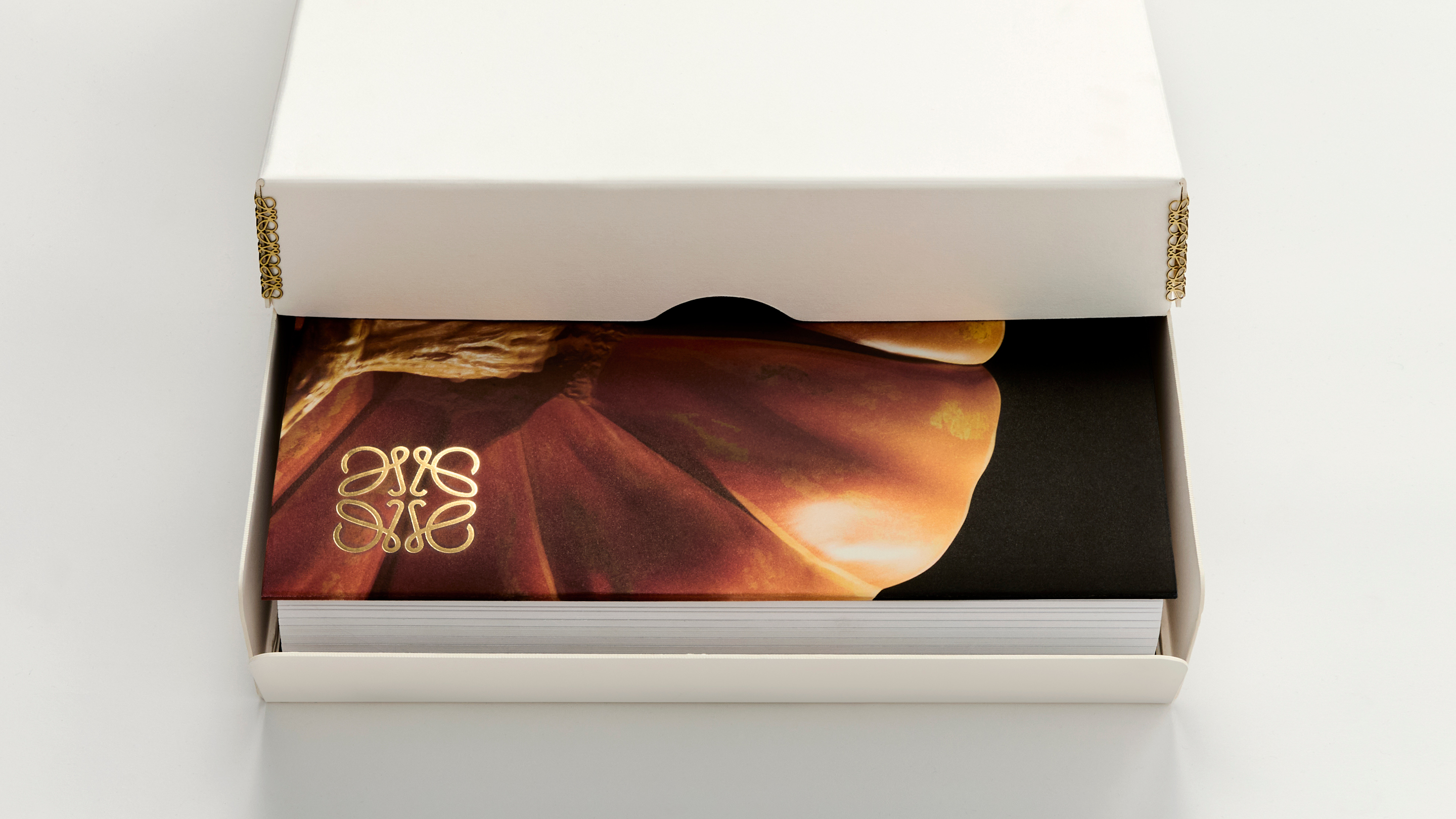 These fashion books, all released in 2025, are the perfect gift for style fans
These fashion books, all released in 2025, are the perfect gift for style fansChosen by the Wallpaper* style editors to inspire, intrigue and delight, these visually enticing tomes for your fashion library span from lush surveys on Loewe and Louis Vuitton to the rebellious style of Rick Owens and Jean Paul Gaultier
-
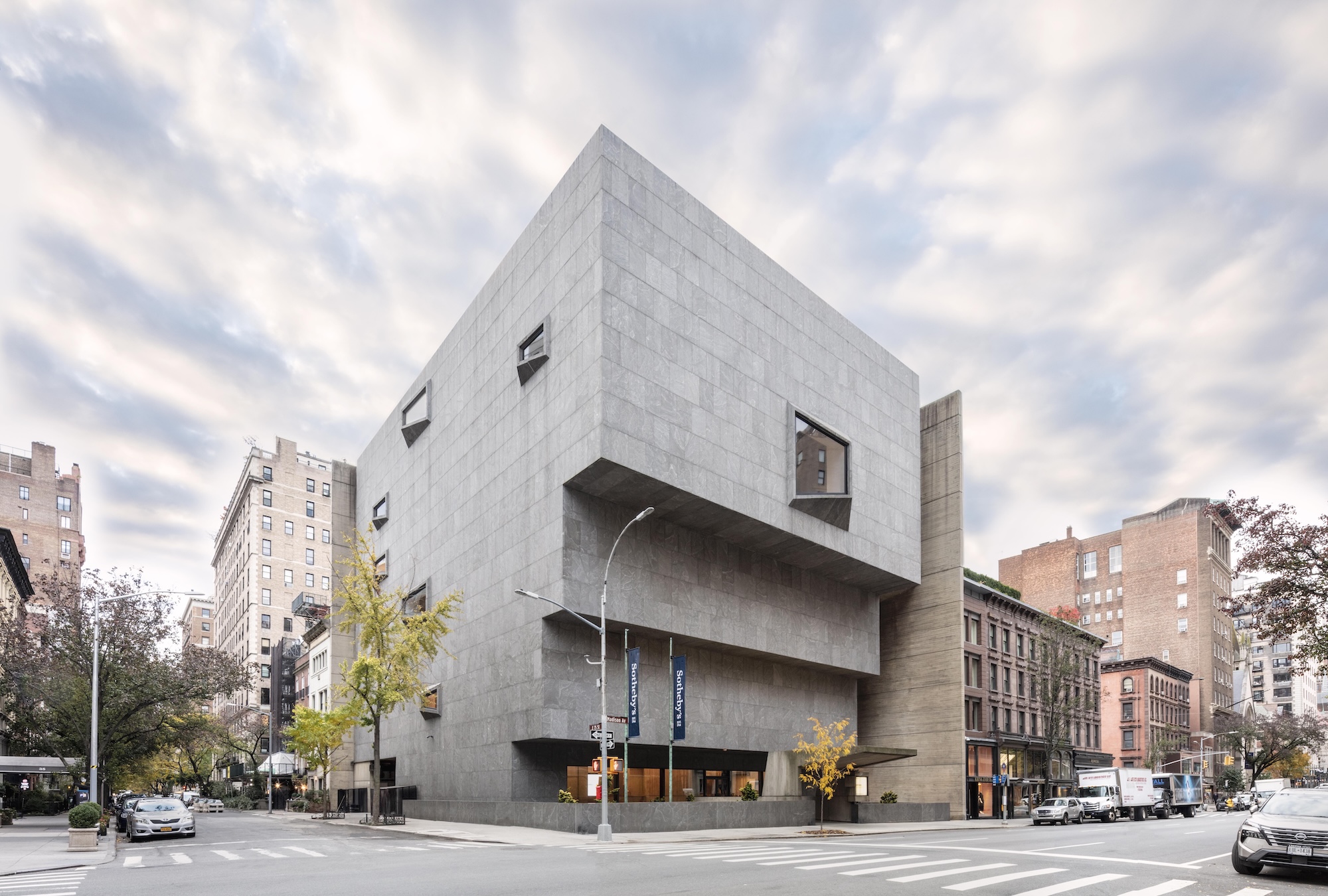 New York's iconic Breuer Building is now Sotheby's global headquarters. Here's a first look
New York's iconic Breuer Building is now Sotheby's global headquarters. Here's a first lookHerzog & de Meuron implemented a ‘light touch’ in bringing this Manhattan landmark back to life
-
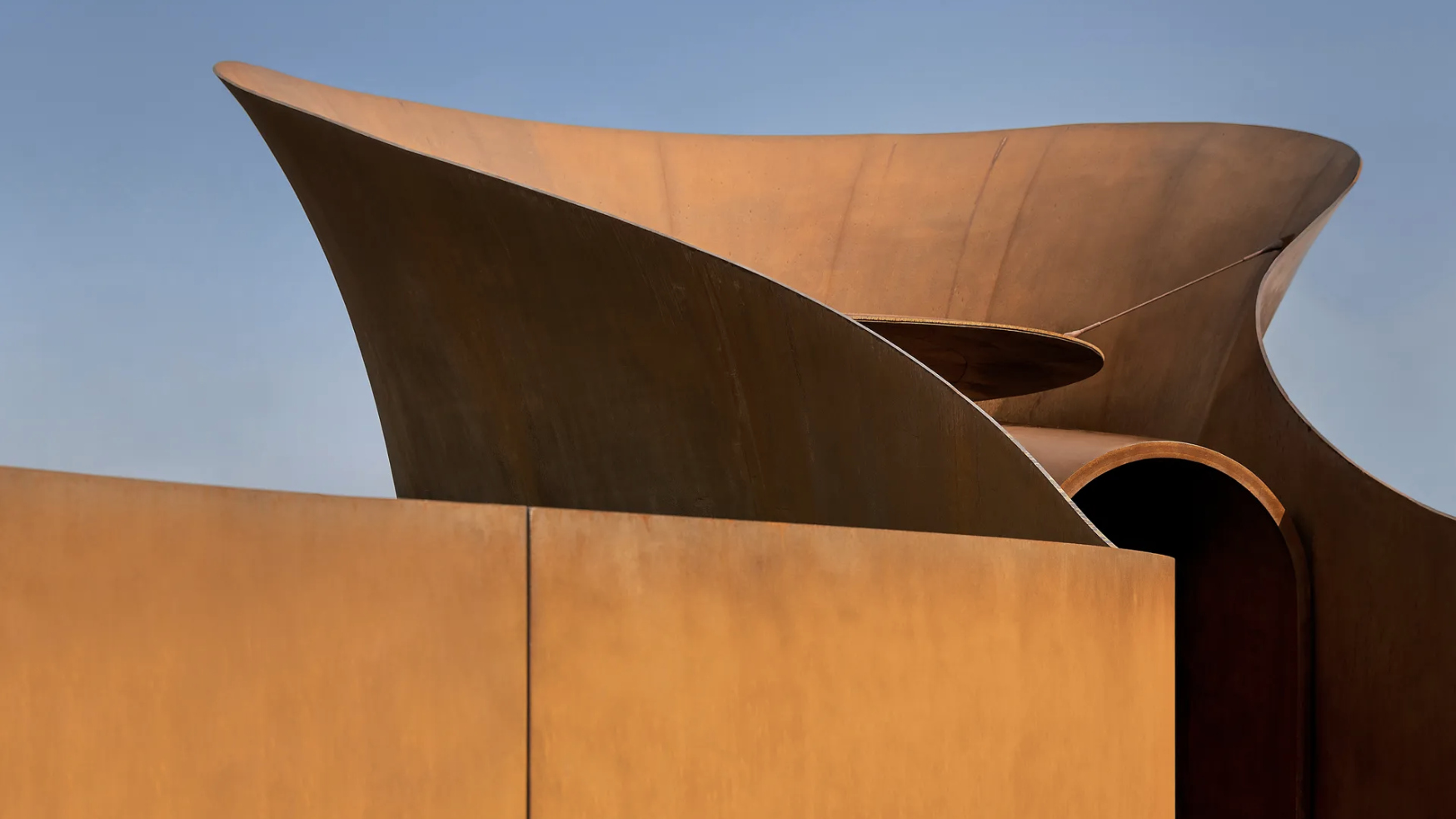 Doshi Retreat at the Vitra Campus is both a ‘first’ and a ‘last’ for the great Balkrishna Doshi
Doshi Retreat at the Vitra Campus is both a ‘first’ and a ‘last’ for the great Balkrishna DoshiDoshi Retreat opens at the Vitra campus, honouring the Indian modernist’s enduring legacy and joining the Swiss design company’s existing, fascinating collection of pavilions, displays and gardens
-
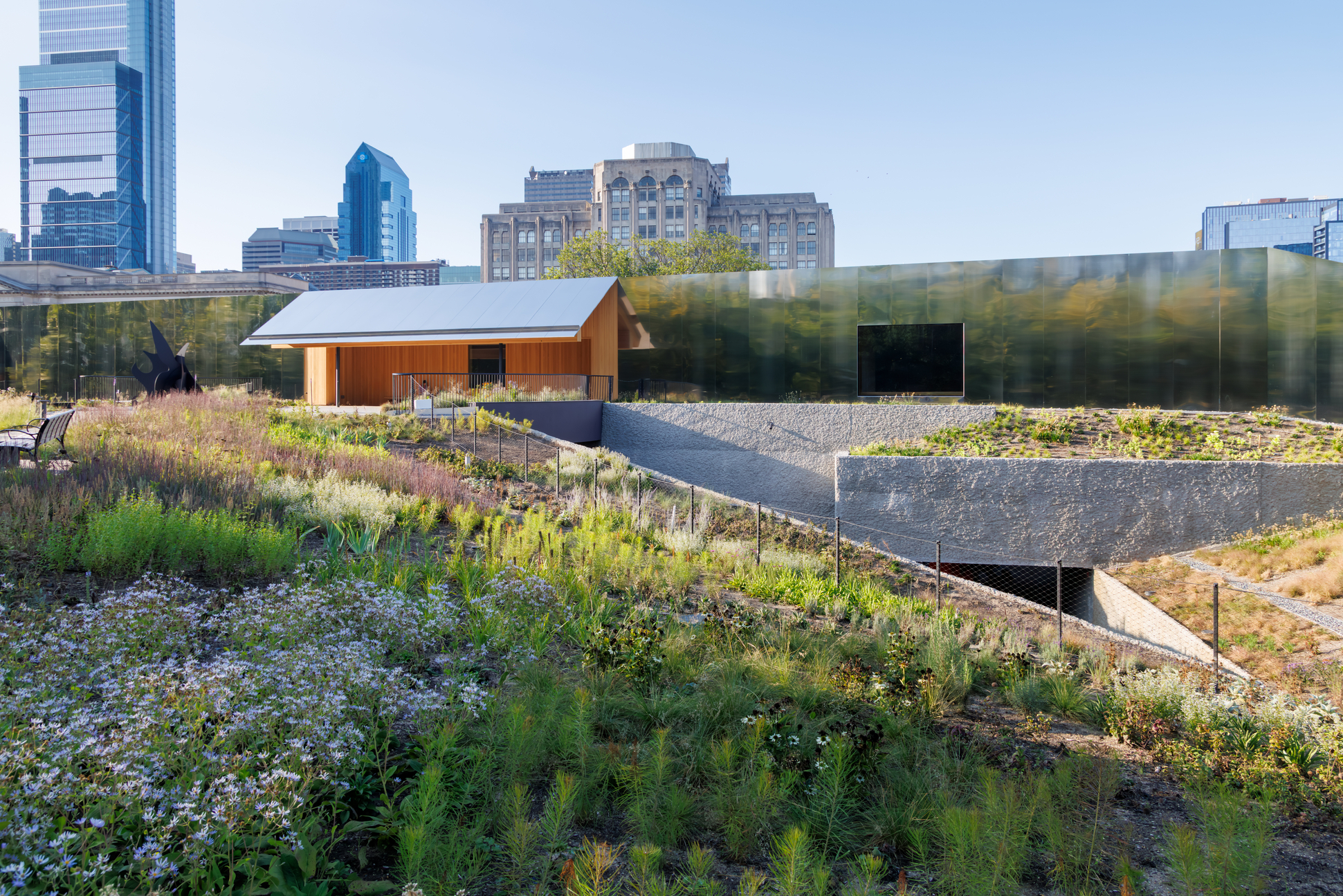 Herzog & de Meuron and Piet Oudolf unveil Calder Gardens in Philadelphia
Herzog & de Meuron and Piet Oudolf unveil Calder Gardens in PhiladelphiaThe new cultural landmark presents Alexander Calder’s work in dialogue with nature and architecture, alongside the release of Jacques Herzog’s 'Sketches & Notes'. Ellie Stathaki interviews Herzog about the project.
-
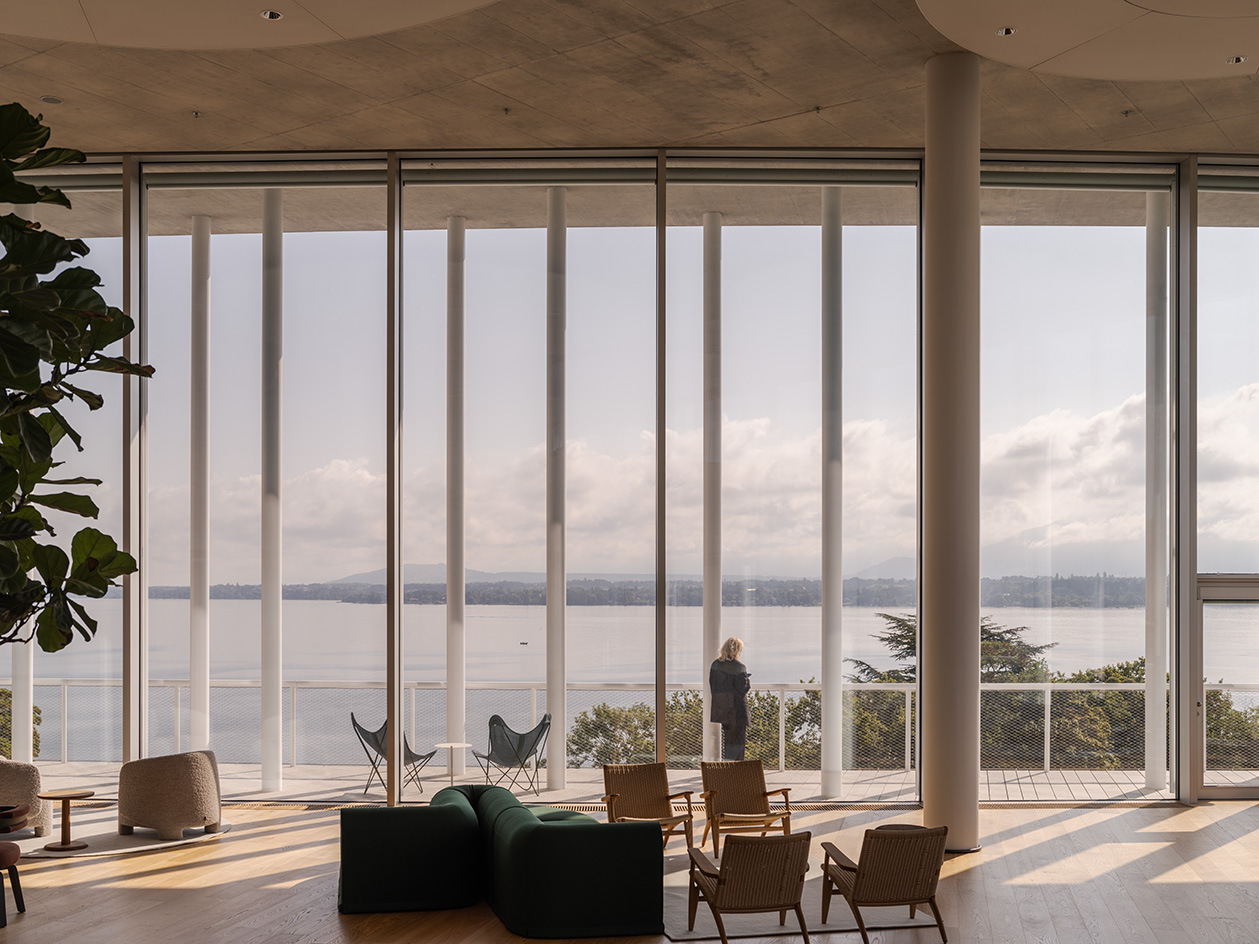 A building kind of like a ‘mille-feuille’: inside Herzog & de Meuron’s home for Lombard Odier
A building kind of like a ‘mille-feuille’: inside Herzog & de Meuron’s home for Lombard OdierWe toured ‘One Roof’ by Herzog & de Meuron, exploring the Swiss studio’s bright, sustainable and carefully layered workspace design; welcome to private bank Lombard Odier’s new headquarters
-
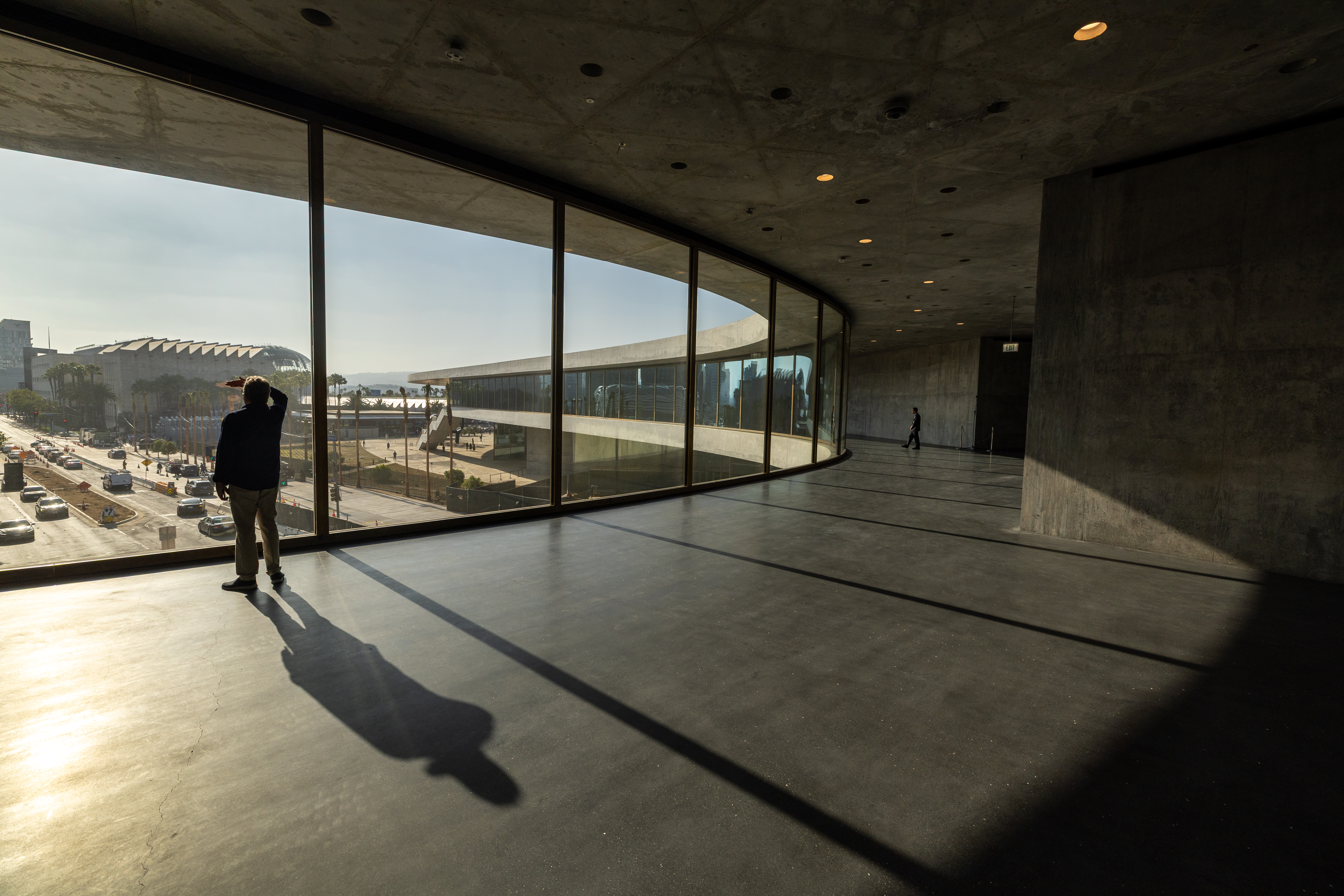 The great American museum boom
The great American museum boomNine of the world’s top ten most expensive, recently announced cultural projects are in the US. What is driving this investment, and is this statistic sustainable?
-
 Herzog & de Meuron are renovating New York's iconic Breuer Building. Here's a first look at the renderings
Herzog & de Meuron are renovating New York's iconic Breuer Building. Here's a first look at the renderingsThis fall, the brutalist icon will be re-opening as the New York headquarters for Sotheby's.
-
 A new book delves into Frei Otto’s obsession with creating ultra-light architecture
A new book delves into Frei Otto’s obsession with creating ultra-light architecture‘Frei Otto: Building with Nature’ traces the life and work of the German architect and engineer, a pioneer of high-tech design and organic structures
-
 What is Bauhaus? The 20th-century movement that defined what modern should look like
What is Bauhaus? The 20th-century movement that defined what modern should look likeWe explore Bauhaus and the 20th century architecture movement's strands, influence and different design expressions; welcome to our ultimate guide in honour of the genre's 100th anniversary this year